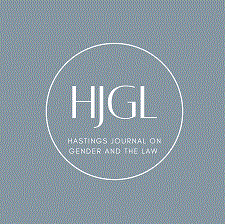
Abstract
In the last few decades, advances in science have allowed many women to overcome issues of infertility and have provided a safeguard for women delaying childrearing while they focus on education and professional careers. Assisted Reproductive Technologies (ART) have given an answer to couples who, for one reason or another, could not conceive. However, ART has also brought about numerous legal issues, the most pressing of which is the disposition of embryos at the time of divorce. This article seeks to explore this emerging issue and address the ways in which state legislatures and courts have dealt with the issue of what happens to the frozen embryos when a couple divorces. The author discusses the numerous approaches states have developed in dealing with this sensitive matter and concludes that the best approach both the legislatures and the courts should adopt is a fertility conscious analysis, evaluating the person's infertility when awarding custody of the frozen embryos.
Recommended Citation
Meagan R. Marold,
Ice, Ice, Baby! The Division of Frozen Embryos at the Time of Divorce,
25 Hastings Women's L.J. 179
(2014).
Available at: https://repository.uclawsf.edu/hwlj/vol25/iss2/4

